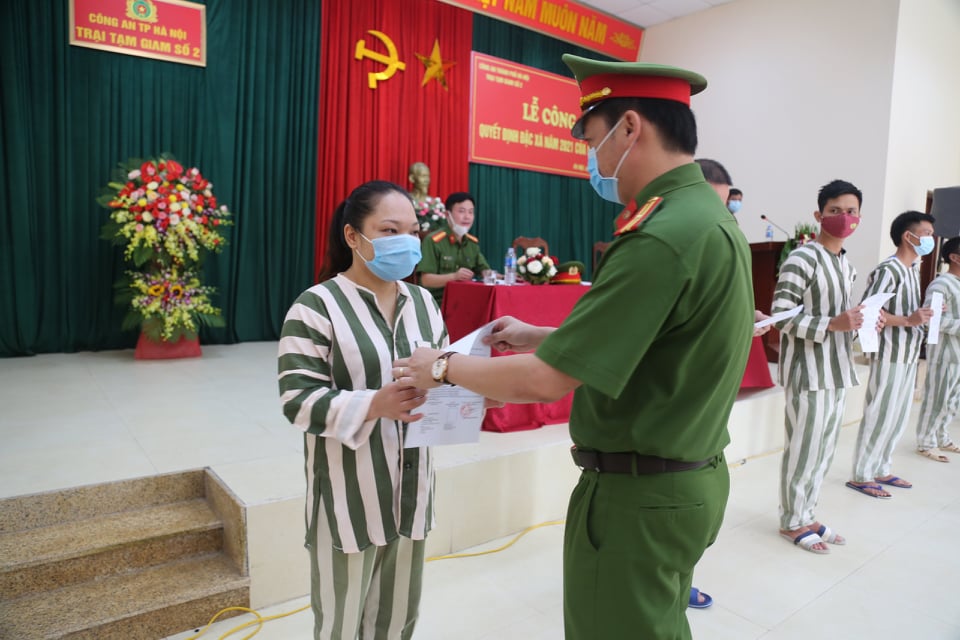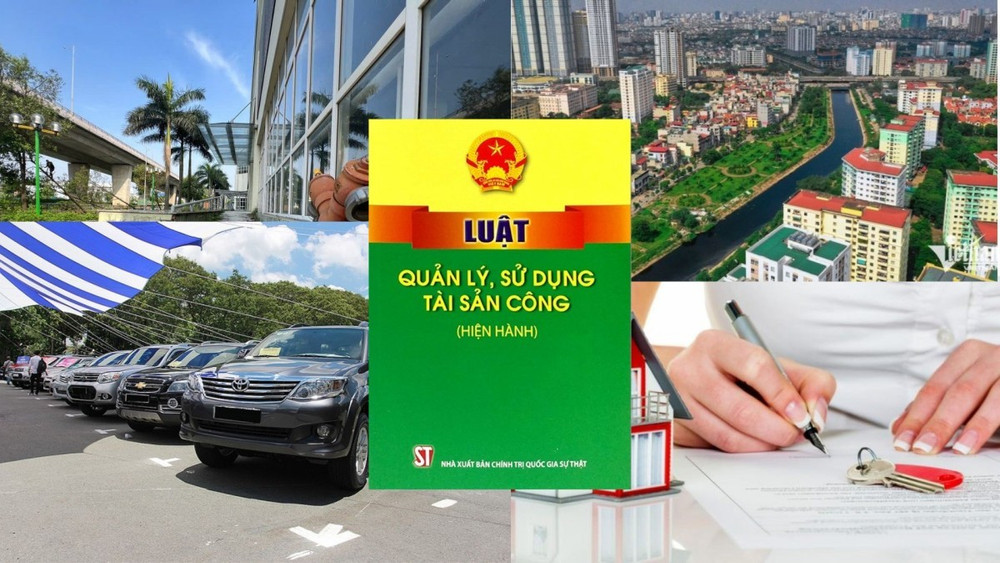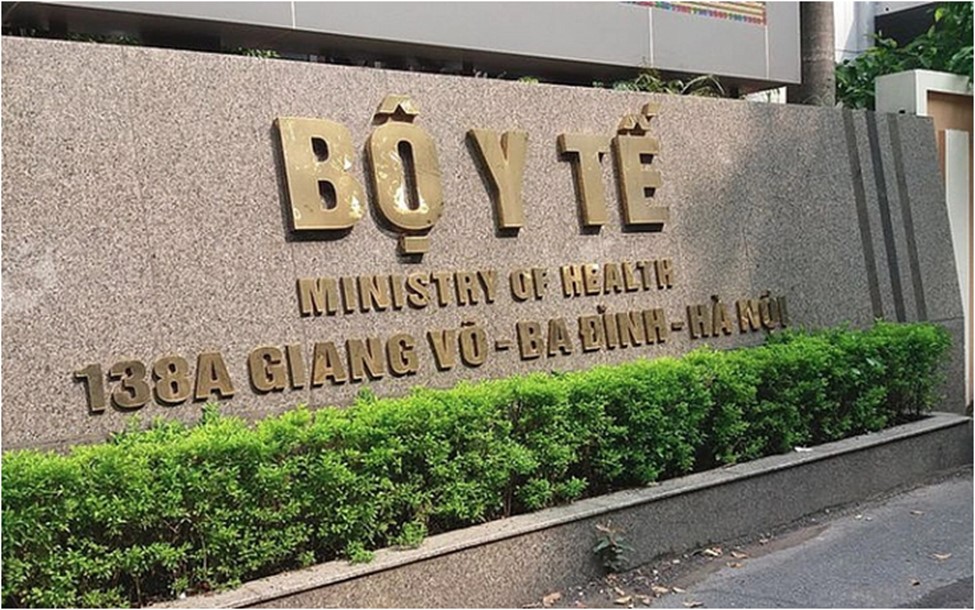Principles of self-classification of debts by credit institutions that are cooperatives in Vietnam from August 15, 2024
The self-classification of debts by credit institutions that are cooperatives in Vietnam from August 15, 2024, must comply with the principles stipulated in Circular 36/2024/TT-NHNN.

Principles of self-classification of debts by credit institutions that are cooperatives in Vietnam from August 15, 2024 (Image from the Internet)
On June 30, 2024, the Governor of the State Bank of Vietnam issued Circular 36/2024/TT-NHNN on the classification of assets of credit institutions that are cooperatives in Vietnam.
Principles of self-classification of debts by credit institutions that are cooperatives in Vietnam from August 15, 2024
The self-classification of loans by cooperative credit institutions from August 15, 2024, must adhere to the principles stipulated in Article 8 of Circular 36/2024/TT-NHNN. Specifically:
(1) The entire outstanding loan balance and off-balance-sheet commitment balance of a customer at one cooperative credit institution must be classified into the same loan group, which is the group with the highest risk level among the loan groups of the customer's loans and/or off-balance-sheet commitments.
(2) For syndicated loans, each cooperative credit institution participating in the syndicated loan must notify other participating cooperative credit institutions of the self-classification results as specified in Article 9 of Circular 36/2024/TT-NHNN.
(3) For the discounting of negotiable instruments and other valuable papers:
- Under the repurchase agreement: The cooperative bank classifies the discount as a loan to the beneficiary;
- Under the recourse agreement: The cooperative bank classifies the discount as a loan to the beneficiary, as follows:
Before the time the cooperative bank can exercise the right to recourse under the discount contract, the cooperative bank bases the classification on the performance of payment obligations by the issuer under the issuance agreement of the negotiable instruments, valuable papers, and information on the debt repayment ability of the beneficiary.
From the time the cooperative bank has the right to recourse under the discount contract, the cooperative bank classifies based on the overdue duration according to the issuance agreement of negotiable instruments, valuable papers, and the debt repayment ability of the beneficiary to continue classifying the discount into the appropriate risk group.
(4) For the purchase of unlisted bonds, the cooperative bank classifies the bond purchase amount as a loan to the bond issuer. If the bonds are issued by another credit institution with security, they are classified as a secured loan to the bond issuer.
For the purchase of unlisted bonds that have their maturity extended by law, they are classified as an extended loan.
(5) For credit entrustment where the trustee has not fully disbursed the entrusted amount under the entrustment contract, the cooperative bank must classify the undisclosed entrusted amount as a loan to the trustee. The overdue period is determined from the point when the trustee fails to disburse according to the disbursement schedule stipulated in the entrustment contract.
(6) For the purchase amount of certificates of deposit issued by another credit institution or a foreign bank branch, the cooperative bank classifies the purchase amount as a loan to the issuing credit institution or foreign bank branch.
(7) For debt arising from the letter of credit (L/C) operations:
a) For L/C issuance operations:
(i) In case of immediate or deferred payment L/C issuance (excluding the case specified at point a(ii) of this Clause), the issuing bank classifies the payment according to the L/C commitment under Clause 2, Article 10 of Circular 36/2024/TT-NHNN to the applicant from the day the issuing bank makes the payment to the beneficiary;
(ii) In case of deferred payment L/C issuance with an agreement that the beneficiary is paid immediately or before the due date, the issuing bank classifies the arising debt from the L/C operation as a loan to the applicant from the day the bank reimburses the beneficiary;
b) For L/C confirmation operations:
The confirming bank classifies the payment according to the L/C commitment to the issuing bank, and the issuing bank classifies the payment according to the L/C commitment to the applicant under Clause 2, Article 10 of Circular 36/2024/TT-NHNN from the time the confirming bank makes the payment to the beneficiary;
c) For L/C negotiation operations:
The negotiating bank classifies the arising debt from the L/C operation to the beneficiary as a discounting of negotiable instruments and other valuable papers as specified in (3);
d) For L/C reimbursement operations:
(i) In case of reimbursement under a reimbursement commitment, the reimbursing bank classifies the payment according to the L/C commitment under Clause 2, Article 10 of Circular 36/2024/TT-NHNN to the issuing bank from the day the reimbursing bank makes the payment to the beneficiary;
(ii) In case of reimbursement under an agreement with the customer to pay using the reimbursing bank's funds (excluding the case specified at point d(i) of this Clause), the reimbursing bank classifies the arising debt from the L/C operation as a loan to the issuing bank from the day the reimbursing bank makes the payment to the beneficiary;
dd) For the full purchase without recourse of documents presented under the L/C, the cooperative bank classifies the purchase amount as a loan to the issuing bank or confirming bank.
(8) For debts violating the law as specified at point c(iv), Clause 1, Article 9 of Circular 36/2024/TT-NHNN, at the time of detecting the violation, the cooperative credit institution must issue a decision to recall according to the law.
For debts to be recalled according to inspection and examination conclusions, or administrative penalty decisions (hereinafter referred to as recall according to inspection and examination conclusions), the cooperative credit institution must issue a recall decision according to the inspection and examination conclusions.
For debts violating the law as specified at point c(iv), Clause 1, Article 9 of Circular 36/2024/TT-NHNN and debts to be recalled according to inspection and examination conclusions, the cooperative credit institution is not allowed to restructure the repayment period and must classify the debt under Circular 36/2024/TT-NHNN until the debt is fully collected as per the recall decision.
(9) For debts with restructured repayment terms, the number of restructuring times is the total number of times the repayment terms have been restructured for each debt, starting from the time the debt arose until the customer fulfills all repayment/settlement obligations to the cooperative bank and the people's credit fund.
More details can be found in Circular 36/2024/TT-NHNN which comes into force in Vietnam from August 15, 2024.
- Key word:
- credit institutions
- Vietnam
- Cooperatives
- Number of deputy directors of departments in Vietnam in accordance with Decree 45/2025/ND-CP
- Cases ineligible for pardon in Vietnam in 2025
- Decree 50/2025 amending Decree 151/2017 on the management of public assets in Vietnam
- Circular 07/2025 amending Circular 02/2022 on the Law on Environmental Protection in Vietnam
- Adjustment to the organizational structure of the Ministry of Health of Vietnam: Certain agencies are no longer listed in the organizational structure
- Vietnam aims to welcome 22-23 million international tourists in Vietnam in 2025
-

- Number of deputy directors of departments in Vietnam ...
- 15:04, 05/03/2025
-

- Cases ineligible for pardon in Vietnam in 2025
- 14:43, 05/03/2025
-

- Decree 50/2025 amending Decree 151/2017 on the ...
- 12:00, 05/03/2025
-

- Circular 07/2025 amending Circular 02/2022 on ...
- 11:30, 05/03/2025
-

- Adjustment to the organizational structure of ...
- 10:34, 05/03/2025
-

- Notable new policies of Vietnam effective as of ...
- 16:26, 11/04/2025
-
.Medium.png)
- Notable documents of Vietnam in the previous week ...
- 16:21, 11/04/2025
-
.Medium.png)
- Notable documents of Vietnam in the previous week ...
- 16:11, 02/04/2025
-
.Medium.png)
- Notable new policies of Vietnam to be effective ...
- 16:04, 02/04/2025
-
.Medium.png)
- Notable new policies of Vietnam effective from ...
- 14:51, 21/03/2025
 (1).png)
 Article table of contents
Article table of contents
